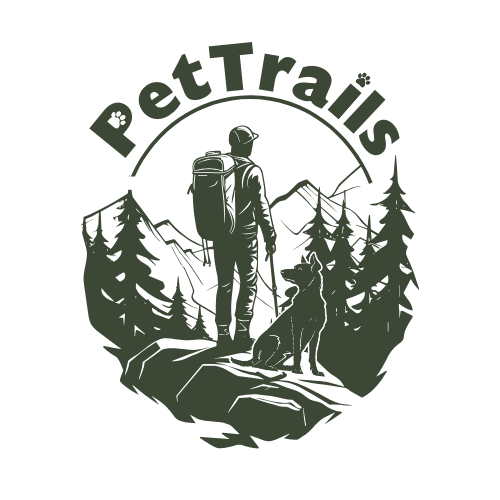
What’s in a Sniff? Decoding Your Dog’s Trail-Side Curiosities
Share
Ever find yourself on a hike, waiting impatiently as your dog dives nose-first into a patch of grass or obsessively inspects a tree stump? While it might look like a waste of time to us, for your dog, sniffing is a deeply instinctual and highly informative activity. Their nose isn’t just leading the way—it’s interpreting the trail in ways we can’t begin to see.
In this post, we’ll explore what your dog is actually sniffing out, how their sense of smell works, and when to let them follow their nose versus when it’s time to move along.
The Nose Knows: Just How Strong Is a Dog’s Sense of Smell?
Dogs have up to 300 million olfactory receptors in their noses—compared to about 5 to 6 million in humans. They also process smell with a significantly larger portion of their brain. While it’s often cited that this area is “40 times larger,” that number can vary depending on the breed and the individual dog. What’s clear is that dogs experience the world far more through scent than sight.
Their ability to separate and analyze smells is so precise, dogs can be trained to detect everything from explosives to medical conditions. On the trail, that means they’re picking up on layers of information in every breeze and footprint.
What Are They Actually Smelling?
Let’s break down some of the most common things that capture your dog’s attention:
1. Wildlife Trails
Dogs can detect the scent of animals that passed by hours—or even days—earlier. They can often identify the species and even detect biological markers like hormones or health status. It’s not that they read emotions like humans, but chemical cues such as adrenaline or stress-related compounds give dogs a sense of another animal’s physical state.
2. Other Dogs’ Markings
Urine markings are like a canine bulletin board. Your dog can gather age, sex, reproductive status, and more from a quick sniff. It’s their way of staying up to date on the local “news.”
3. Environmental Curiosities
Things like decomposing leaves, mushrooms, insects, and soil carry distinct smells. Dogs explore these to satisfy curiosity or assess potential food sources (which is why sniffing should be monitored—some mushrooms are toxic!).
4. Trash and Leftovers
Unfortunately, many trails have remnants of human activity—like food wrappers or bait. These smells are attractive but potentially harmful.
When to Encourage Sniffing
Allowing your dog to sniff freely on hikes offers major benefits:
- Mental enrichment: Engaging their brain helps reduce boredom and stress.
- Decompression: Sniffing has been shown to reduce cortisol (stress hormone) levels.
- Confidence building: For anxious or reactive dogs, sniffing can offer comfort in new environments.
Try designating certain parts of your hike for free sniffing—especially on flat, low-traffic stretches where you can take your time.
When to Move Them Along
While sniffing is great, there are times you’ll want to intervene:
- If your dog becomes fixated on one spot for too long
- When the scent leads to harmful material (like trash, animal waste, or unknown substances)
- If you’re in areas known for wildlife hazards like snakes or predators
- On narrow or crowded trails where lingering may block others
A consistent cue like “Let’s go” or “Leave it” can help gently redirect their focus.
Balancing Exploration and Movement
Here’s how to maintain momentum while still honoring your dog’s instinct to sniff:
- Use structured sniff breaks during longer hikes.
- Train start/stop sniff cues so your dog knows when it’s their time versus yours.
- Observe your dog’s body language—curious, relaxed sniffing is fine; frantic or fixated sniffing might signal something more serious.
Final Thoughts: Respect the Nose
Your dog’s world is made of scent. What seems like a random pause on the trail could be them gathering information about the ecosystem, recent visitors, or even distant threats. Giving them time to sniff not only enriches their experience but strengthens the bond between you both.
What’s the strangest thing your dog has ever stopped to sniff? Share your story in the comments—and don’t forget to check out our other blog posts for more trail wisdom!
